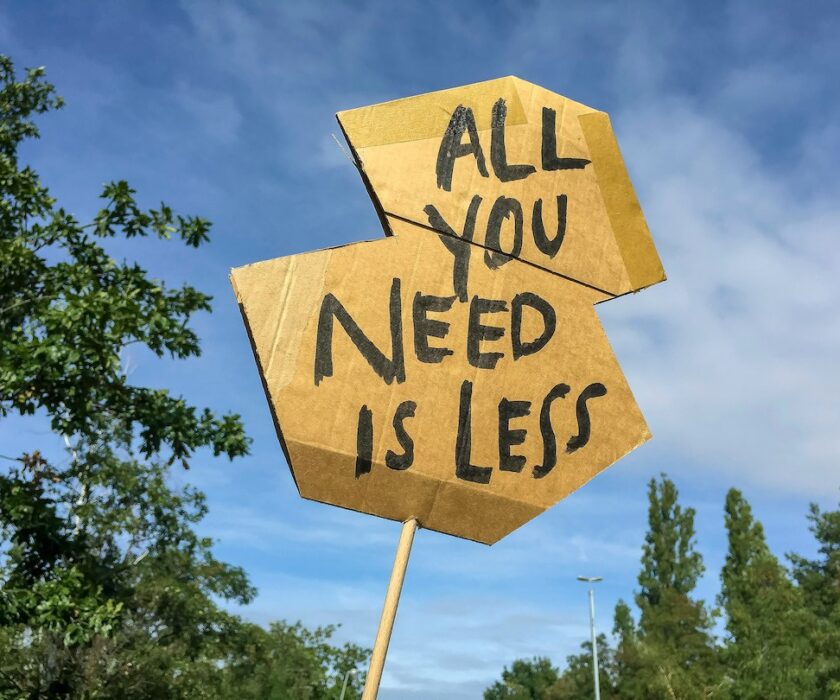Every time a page drags on, devices and servers work harder. That means they gulp more electricity. But smart SEO fixes can trim that waste. Here’s how but first, imagine Anna’s frustration:
Anna waits for a page to load.
Her laptop fan spins up.
The room lights flicker.
A slow site made her machine chew through CPU cycles.
It burned more power.
Her battery dropped fast.
Alright,maybe that’s a bit too dramatic but you get what I mean 😀
Why Slow Sites Cost More Power
Web pages need CPU, RAM, and sometimes the GPU to paint pixels.
When a page is heavy – with big images, ads, or unused code – devices pump extra cycles into sorting it out.
More cycles = more watts.
In physics, energy equals power draw multiplied by time.
Dragging that heavy page out of the web takes longer.
So energy use creeps up.
The Hidden Toll of Data Transfer
Every byte you send has an energy cost.
Fixed-line internet uses about 0.03 kWh for each gigabyte transferred. methodology.scope3.com
Mobile networks can burn closer to 0.14 kWh per gigabyte.
Imagine your page is 2 MB instead of 1 MB. That extra meg takes 0.00006 kWh more each time someone visits.
At 50,000 views a month, that’s over 3 kWh wasted – enough to power a laptop for a day.
CO₂ from Page Views
Websites leave a carbon trace too.
The average page view emits about 0.8 grams of CO₂. websitecarbon.com
If your site gets 100,000 views a month, that’s 80 kg of CO₂ – nearly the weight of a small dog.
Data Centers: The Server Side of the Story
It’s not just your device paying the bill. Data centers pull a lot of power.
In 2022 they used roughly 240–340 TWh of electricity – around 1 to 1.3% of the world’s total. iea.org
That’s like running every refrigerator on Earth all year.
Slow pages keep servers busy longer. Every extra millisecond means a tiny rise in consumption… multiplied by millions of hits.
How SEO Trims the Fat
SEO isn’t only about keywords. It also guides you to speed up your site.
- Image compression. Scaling and compressing images cuts page weight.
- Code minification. Removing spaces and unused bits from HTML, CSS, and JavaScript slashes file sizes.
- Caching. Letting browsers reuse files means fewer trips to the server.
- Lazy loading. Load only what’s in view, then fetch the rest as needed.
- Removing trackers. Every ad or analytics script adds bytes and CPU work.
Each step shaves bytes off. Every byte you save multiplies into less energy on your users’ devices and in data centers.
Real-World Impact
Let’s say you cut your average page size from 2 MB to 1 MB. At 50,000 monthly visits, you save 50 GB of transfer. Fixed-line networks need 0.03 kWh per GB.
So you save 1.5 kWh per month—enough to power a typical phone charge almost 150 times.
On the server side, less data means fewer disk reads and CPU cycles. Over a year, that adds up to hundreds of kWh saved across all your users.
Faster Pages, Happier Users
Speed matters to people—and search engines. Google looks at Core Web Vitals when ranking pages. Faster sites often climb higher in results.
That means two wins:
- Better user experience. Visitors stay longer and explore more.
- Lower energy footprint. You cut power use at both ends.
The Green SEO Checklist
- Audit page weight. Use tools like Lighthouse or WebPageTest.
- Compress images. Serve next-gen formats (WebP, AVIF).
- Minify and bundle. Remove dead code and combine files.
- Enable caching. Set sensible cache headers.
- Trim third-party scripts. Keep only what you need.
- Monitor regularly. Track performance and emissions over time.
Beyond the Bytes
SEO-driven speed efforts ripple outwards. Lower bandwidth use eases network congestion. Electric grids see slightly less peak demand. That can help avoid power plant ramp-ups and cut overall emissions.
Conclusion: SEO for People and the Planet
Good SEO is about efficiency—of code, content, and carbon.
By optimizing speed, you save users time and electricity.
You reduce server loads and shrink your site’s carbon footprint.
Next time you chase rankings, remember:
You’re also racing against watts and grams of CO₂.
Faster sites aren’t just more engaging—they’re greener too.
